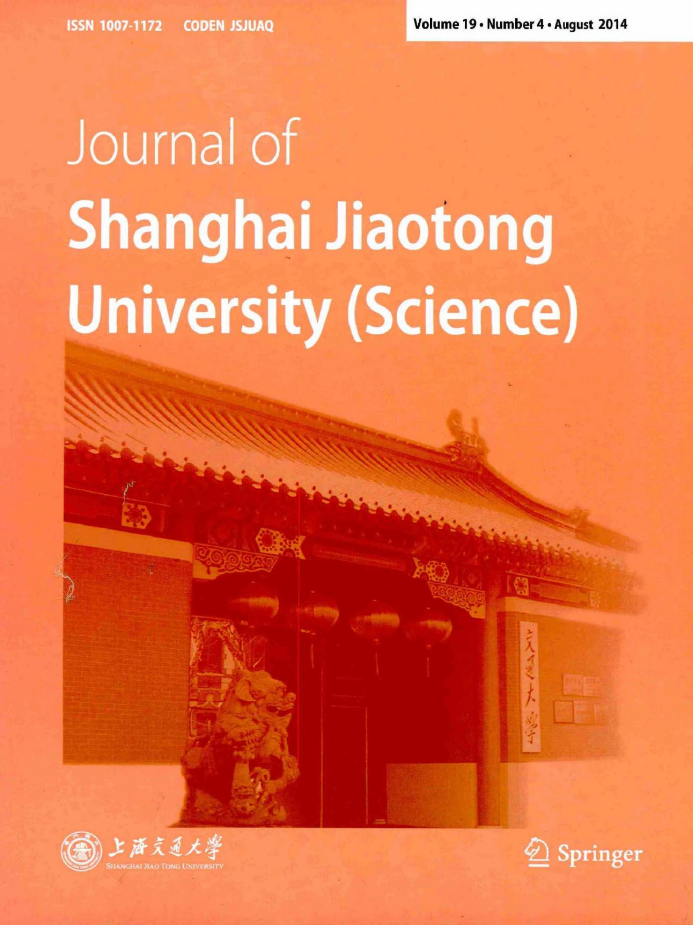|
|
Serum Renalase Inversely Related to Heart Rate Variability in Dialysis Patients
HUANG Bao-rui1,2 (黄宝瑞), WANG Feng2* (王锋), LI Jun-hui2 (李军辉), WANG Nian-song1,2* (汪年松)
2014, 19 (4):
508-512.
doi: 10.1007/s12204-014-1532-4
Heart rate variability (HRV) is a noninvasive technique for autonomic nerve activity assessment and
an indirect index of adrenergic cardiovascular drive. Renalase is the only known enzyme degrading circulatory
catecholamines, participating in regulations of the cardiovascular and sympathetic nervous systems. This study
aims at the relation between serum renalase and HRV indexes in dialysis patients. There were 14 hemodialysis (HD)
cases, 16 continuous ambulatory peritoneal dialysis (PD) cases, and 16 healthy volunteers enrolled in this study.
All the subjects underwent 24 h Holter testing by using a dynamic electocardiogram monitor system to determine
HRV parameters, and serum renalase levels were measured. The standard deviation of normal to normal R-R
intervals (SDNN, a measure of beat-to-beat variability), root mean square successive difference (RMSSD), and the
proportion derived by dividing NN50 (the number of interval differences of successive normal to normal intervals
greater than 50ms) by the total number of NN intervals (pNN50) were determined to assess HRV. Both HD and
PD patients presented increased maximum heart rate (Max-HR), minimum heart rate (Min-HR) and average
heart rate (Ave-HR), and presented decreased SDNN, RMSSD and pNN50 relative to healthy controls. Serum
levels of renalase were highly negatively correlated with Ave-HR (correlation coefficient r = ?0.68, probability
P < 0.01), while positively correlated with SDNN (r = 0.64, P < 0.01) in both the HD and PD groups. Serum
level of renalase was positively correlated with 24 h urine volume (r = 0.73, P < 0.01) in PD patients. Renalase
might be reciprocally related to HRV and inversely related to Ave-HR in dialysis patients, which will help to
probe into renalase’s physiology and may pave the way to explore renalase replacement therapy in patients with
end stage renal disease (ESRD).
References |
Related Articles |
Metrics
|

